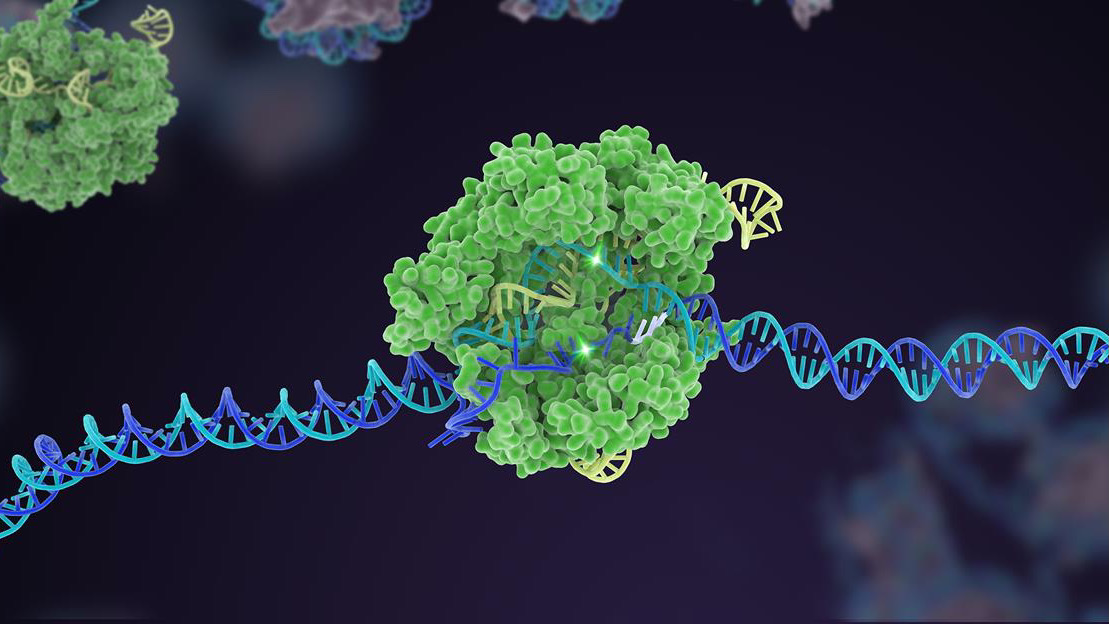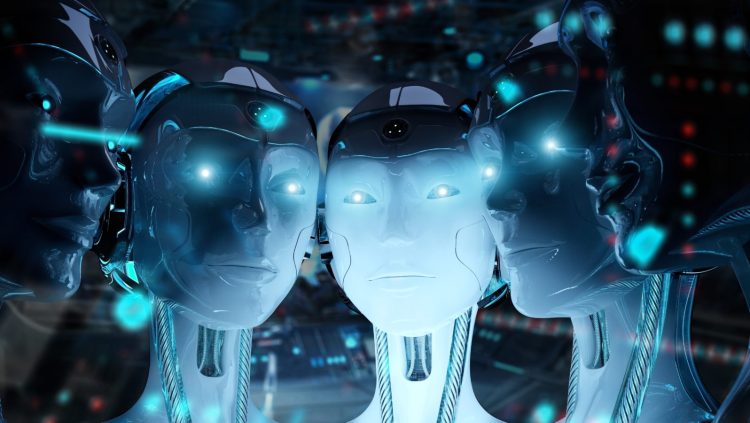Introduction: The Quest for Immortality
Immortality, a concept that has captivated humanity for centuries, often takes the shape of mythological deities, legends of the Fountain of Youth, or the quest to escape the ravages of aging. But what if science, in its relentless pursuit of discovery, can truly unlock the secrets to immortality? Is it a distant fantasy, or are we standing on the precipice of an unprecedented breakthrough?
This article explores the fascinating and, at times, controversial realm of immortality through science, delving into the advancements in biotechnology, medicine, and artificial intelligence that could one day prolong human life—or even make it infinite. As we explore this future, it is crucial to remember that immortality isn’t just about extending lifespan; it’s about altering our very relationship with time, biology, and the universe itself.
1. The Biological Challenge: Why We Age
Before we jump into the potential solutions, we must first understand the problem. Aging is a complex, multi-faceted process governed by biological mechanisms that, for the most part, we still don’t fully understand. While there are several theories of aging, the most widely accepted include:
- Genetic Program Theory: Suggests that aging is an innate process encoded in our DNA, with certain genes being responsible for the onset of aging. These genes may control how our cells function, grow, divide, and eventually die.
- Damage Accumulation Theory: Proposes that aging occurs due to the accumulation of molecular and cellular damage over time. This includes DNA mutations, protein misfolding, and mitochondrial dysfunction, which ultimately impair bodily functions.
- Telomere Shortening: Telomeres are protective caps at the ends of chromosomes. Every time a cell divides, the telomeres shorten. When they become too short, cells can no longer divide, leading to aging or cell death.
Each of these theories presents significant obstacles to achieving immortality, but the rapid advancements in genetic engineering, regenerative medicine, and biotechnology offer hope that we may one day overcome these barriers.
2. The Promise of Genetic Engineering
Genetic engineering holds immense potential in combating aging and possibly even defeating it. By altering or enhancing our genetic code, scientists aim to repair the damage that accumulates over time or perhaps even rejuvenate aging cells. Some of the most promising areas of genetic research include:

CRISPR and Gene Editing
CRISPR-Cas9 is a revolutionary gene-editing technology that allows scientists to precisely modify DNA. By targeting specific genes, CRISPR could one day be used to reverse the effects of aging, repair cellular damage, or even enhance human longevity. For example, scientists have already used CRISPR to extend the lifespan of certain animals, like mice, by targeting genes related to aging and stress resistance.
The most promising applications of CRISPR in immortality research include:
- Gene Therapy: Introducing or correcting genes that could repair cellular damage, slow aging, or boost the body’s natural repair mechanisms.
- Telomere Extension: By increasing the length of telomeres or preventing their shortening, scientists could delay cellular aging and extend the functional lifespan of cells.
- Regenerative Medicine: Modifying genes that govern stem cells could help rejuvenate tissues and organs, potentially allowing them to regenerate indefinitely.
Senolytics: The Removal of Senescent Cells
As we age, some of our cells enter a state called senescence, where they no longer divide or function properly. These senescent cells can accumulate in tissues and contribute to age-related diseases. Scientists are developing senolytics, drugs or genetic interventions designed to target and remove these senescent cells from the body.
In animal models, removing senescent cells has led to improvements in health and lifespan, with some studies showing that clearing senescent cells can reverse age-related dysfunction in organs such as the heart, liver, and kidneys. While still in early stages, this area of research holds enormous potential for improving the quality of life and extending human lifespan.
3. Regenerative Medicine: Rebuilding the Body
Another promising avenue for achieving immortality lies in regenerative medicine—the science of repairing or replacing damaged tissues and organs. This field leverages stem cells, tissue engineering, and organ regeneration to replace or rejuvenate aging parts of the human body. Key areas of regenerative medicine include:
Stem Cell Therapy
Stem cells are undifferentiated cells that have the potential to become any type of cell in the body. Scientists are exploring ways to harness stem cells to replace damaged tissues, regenerate organs, and even grow new body parts. Some of the most exciting developments in this field involve:
- Induced Pluripotent Stem Cells (iPSCs): These are adult cells reprogrammed to become pluripotent, meaning they can differentiate into any cell type. iPSCs are being explored for their potential to regenerate tissues and repair age-related damage.
- Organoids: Tiny, lab-grown organ-like structures that mimic the function of real organs. Researchers are using organoids to better understand aging and disease and to potentially grow transplantable organs for patients in need.
Organ Regeneration and Bioprinting
Scientists are also experimenting with 3D bioprinting to create artificial organs using living cells. While fully functional organs are still a long way off, advances in bioprinting have shown promise in creating tissue scaffolds that can support growth and repair. These techniques could one day allow for the printing of organs that are genetically identical to the patient, reducing the need for organ donations and rejection issues.
4. Anti-Aging Drugs and Molecular Reprogramming
Pharmaceutical companies and researchers are focusing heavily on developing drugs that target the fundamental processes of aging. These drugs, often referred to as geroprotectors, could slow down or even reverse the biological mechanisms that cause aging. Some of the most exciting compounds under investigation include:
Rapamycin and mTOR Inhibition
Rapamycin is an immunosuppressant drug that has been shown to extend the lifespan of mice. It works by inhibiting a protein called mTOR, which plays a critical role in cell growth, metabolism, and aging. By slowing down mTOR activity, rapamycin can mimic the effects of caloric restriction—a well-known method for extending lifespan in various organisms.
NAD+ Boosters
NAD+ is a molecule essential for cellular energy production and DNA repair. As we age, the levels of NAD+ in our bodies decrease, leading to reduced cellular function and increased aging. Researchers are exploring ways to increase NAD+ levels, either by supplementing with precursors like nicotinamide riboside (NR) or through gene therapy.

Cellular Reprogramming: Turning Back the Clock
In an exciting breakthrough, researchers have demonstrated that it’s possible to reprogram cells to a more youthful state by altering the expression of certain genes. Known as Yamanaka factors, these four genes (Oct4, Sox2, Klf4, and c-Myc) can essentially reset a cell’s biological age. While the technology is still in its infancy, it could eventually lead to methods for reversing aging at a cellular level, essentially allowing the body to “turn back time.”
5. Artificial Intelligence and Immortality
Artificial Intelligence (AI) is another frontier that could intersect with immortality research. By leveraging AI’s power to process massive datasets and identify patterns, scientists can gain deeper insights into the complex biology of aging. AI could contribute to immortality in several ways:
- Drug Discovery: AI is already being used to discover new drugs and predict how they might affect aging processes. It can sift through vast chemical libraries and biological data to identify compounds that have the potential to slow aging or reverse age-related diseases.
- Personalized Medicine: AI can help design personalized treatment plans for individuals based on their genetic makeup, lifestyle, and health history. This could lead to more effective anti-aging interventions tailored to each person’s needs.
The Cyborg Future: Merging Humans with Machines
Another speculative but fascinating possibility is the merging of human consciousness with machines. This idea, often referred to as mind uploading or whole-brain emulation, suggests that, in the future, we could transfer our minds into digital or robotic forms, effectively achieving a form of immortality outside of the biological constraints of the human body. While the technology is still science fiction, it is an area of growing interest in transhumanist circles.
6. Ethical and Philosophical Considerations
While the scientific advancements that could lead to immortality are thrilling, they also raise profound ethical and philosophical questions. If immortality becomes possible, who gets access to it? Will it lead to a widening gap between the wealthy and the poor? Could overpopulation become a problem if people stop dying? Moreover, is it desirable to live forever? Many philosophers argue that immortality could rob life of its meaning, making our finite existence more precious.
As we move closer to these potential breakthroughs, society will need to engage in deep discussions about the implications of immortality and how to navigate the consequences of such powerful technologies.
7. Conclusion: The Future of Immortality
In conclusion, the dream of immortality is not as far-fetched as it once seemed. Advances in genetic engineering, regenerative medicine, anti-aging drugs, and artificial intelligence are rapidly reshaping our understanding of aging and the human lifespan. However, while science may one day offer the tools to extend life indefinitely, the true challenge will be in balancing the promise of immortality with the ethical, social, and philosophical consequences it brings.
Immortality through science may still be a distant reality, but the journey toward it is already underway. Whether we are on the cusp of achieving eternal life, or whether the quest will remain elusive, one thing is certain: the boundaries of human life and longevity are being stretched in ways we never thought possible.











































